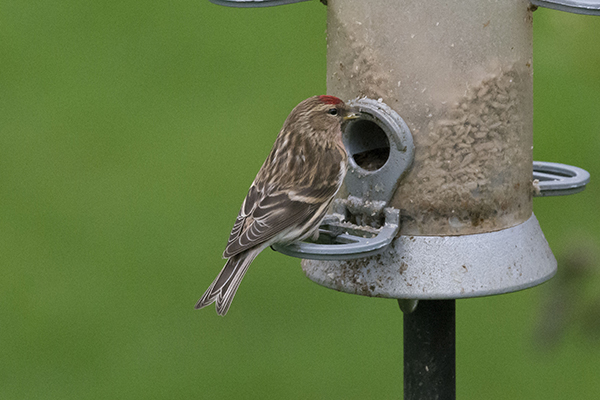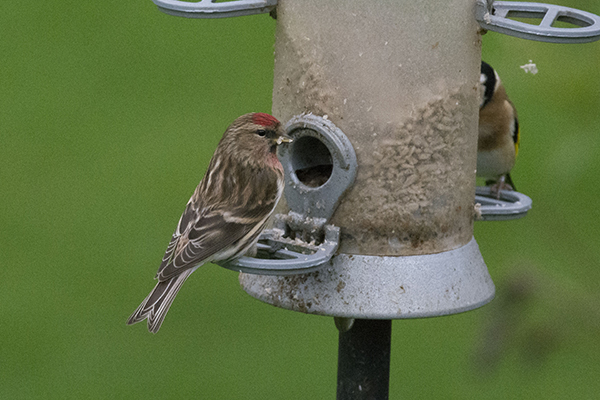With increases in Pink-footed Geese numbers wintering on the Dee Estuary - up from a couple of hundred about a decade ago to now well over 8,000 - rarer geese such as Whitefronts and the occasional Bean Goose have becoming more regular. The thought among regular Cheshire and Wirral birders was that one day we may get a contender for a genuine (wild) Snow Goose.
About 2-3 years a go I had an all white goose fly over me in Chester with Pinkfeet. Not having my binoculars with me I couldn't get enough detail to be confident in the identification so put the news out as possible Snow Goose incase it could be picked up elsewhere.
Roll forward to 2018 and roll up Barry Barnacal who found what seems to be the real deal with a flock of 2-3000 Pinkfeet off Denhall Quay yesterday. A quick post work visit was in order! It appears that this bird must have arrived in over night as the flocks had been checked the previous days and there wasn't a sign of it. Its pretty obvious and stands out like a sore thumb. Its un-ringed, free- flying and has the correct amount of black on the wing tips.
The number of times I've scanned the flocks flying over the house in the mornings and evenings hoping to find a Snow Goose...............hopefully one day.
Snow Goose is considered by some authorities to be two distinct races - Lesser & Greater Snow Goose based on size and geographical separation although the large degree of overlap makes this a bit dubious.. Both have two colour morphs. The so called blue morph and the white morph. This bird is obviously a white morph! Blue-morph birds are rare among the greater snow geese and among eastern populations of the lesser.
Heres a few photos of a bird that visited the Lancashire Mosslands a few years ago, a blue morph bird with Pinkfeet near Nairn, Scotland in 2004 and two white phase birds on N Uist in 2013 seen whilst twitching Harlequin Duck. See here
As I was almost passing the door it seemed rude not to call in at nearby Burton Mere Wetlands RSPB to try for the long staying Wood Warbler. A scarce bird in Cheshire and Wirral and now (probably0 sadly lost as a breeding species. The bird was very elusive giving only a short snatch of its beautiful trilling song and calling infrequently. I managed to pick it up as it flitted around the canopy and returned home well pleased. To cap off a fine day I got home to find an Oystercatcher in the field opposite the house - the first one of the year and the first one on the ground as previous ones have all been flyovers.

















































































